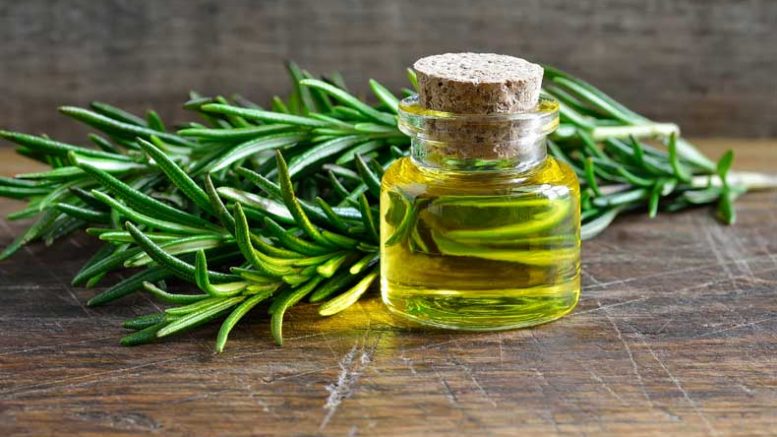|
Click to listen to this article
|
Botanical oil-based pesticides are effective tools for any integrated pest management program. Many specialty crop growers are still learning how to unlock the advantages of such biological pest control.
In a blog, Kemin Crop Technologies shared the benefits of including botanical-based pesticides in an integrated pest management program and tips on application timing/rates, as well as the combination of botanicals and conventional insecticides.
Benefits of Botanicals in an Integrated Pest Management Program
Specialty crop growers who are committed to reducing insecticide resistance create an IPM program. Botanicals are a great sustainable crop protection solutions, as they often have multiple modes of action, which are less likely to contribute to pesticide resistance.
“Growers using conventional chemistries should absolutely consider adding botanicals into their IPM program. Rotation does not mean simply switching products; growers need to switch chemical classifications in order to receive a true rotation with limited pest resistance,” said Michael Hull, Technical Services Manager at Kemin Crop Technologies.
But multiple modes of action aren’t the only advantage to botanical oil-based pesticides. Botanicals also have lower Re-entry Intervals (REI) and Pre-harvest Intervals (PHI). This allows the grower to apply the botanical pesticide closer to harvest time and still have a safe product for workers and consumers. Some conventional products have an REI of a few days or more. This prevents growers from re-entering the field right away. Low REI levels in botanical products provide more flexibility to the grower.
“We often recommend adding botanical oil-based pesticides into an integrated pest management program for growers who are looking for a product to clean up pests before harvest time,” said Hull.
Things to Keep in Mind While Reading a Botanical Pesticide Label
When looking at a pesticide label, it can be easy to get overwhelmed by the abundance of information. One important section on the label is the recommended rate. The recommended rate shows the rate at which the product performed well in efficacy trials. Some products have a recommended rate based on crop hardiness or phytotoxicity concerns.
“The recommended rate of botanical oil-based pesticides can be limited in order to avoid phytotoxicity in crops,” said Hull.
Recommended rates often list a higher, moderate, and lower rate of use. The lowest rate is to be used when there is a known phytotoxicity issue in a specific crop or the botanical insecticide is being used as a preventative. The lower rate, most times, can be sprayed repeatedly on crops without risks of phytotoxicity and keeping pest populations at bay. The highest rate is often for rescue use, or rather when the pest population has grown to a point where a more aggressive spray is needed.
Knowing what rate to use on crops is up to the grower. If there are known phytotoxicity issues in the crop species, then a lower rate would be wise. If you are looking to prevent pests throughout the season, you would want to spray at a lower rate consistently.

